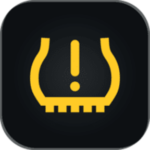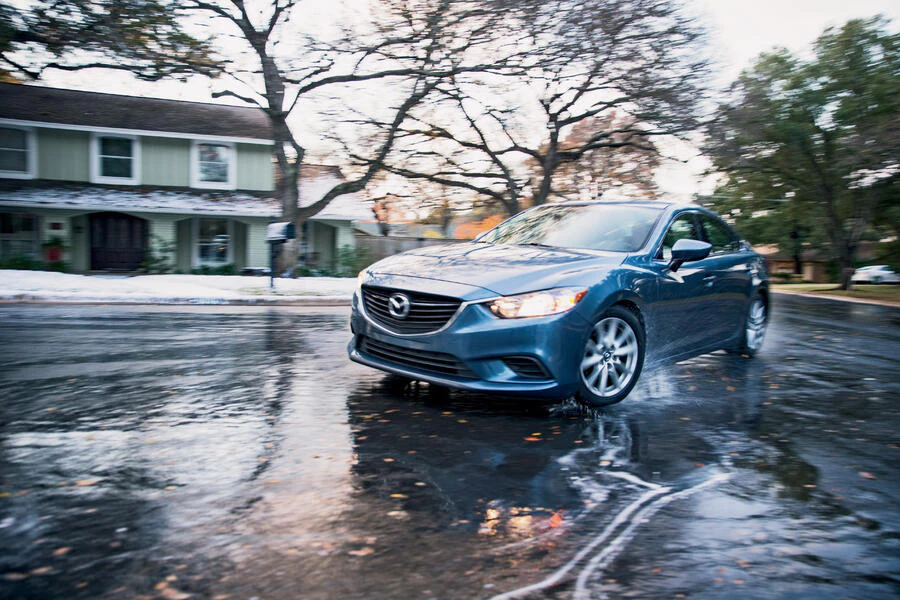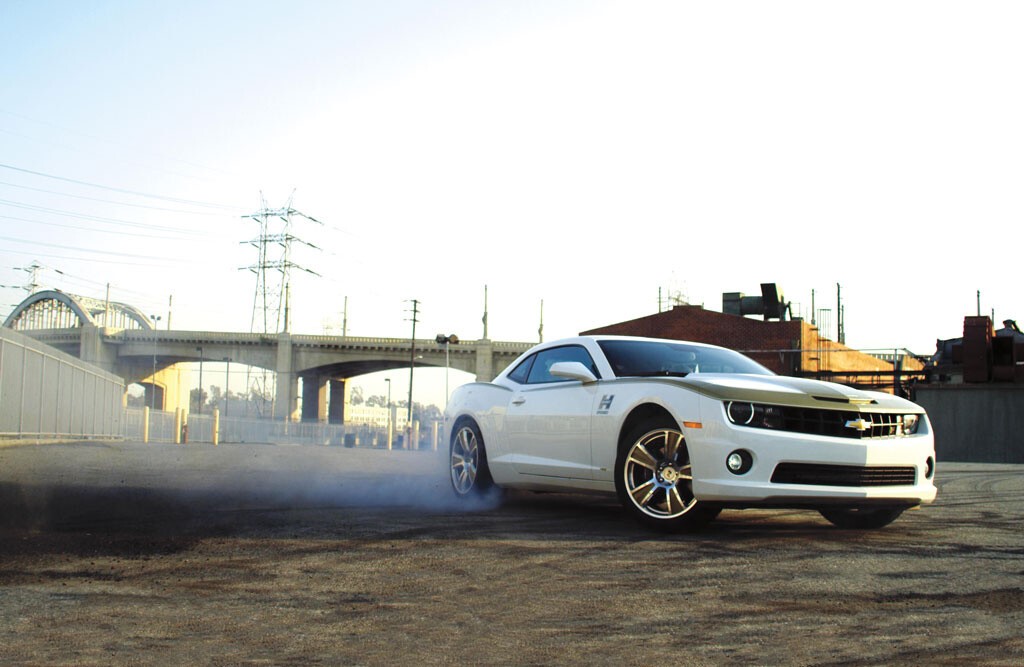Tire Emergency Tips
Let’s face it, not every trip goes as perfectly as planned. And as much as we hope you never have a tire issue or need emergency care on the side of the road, there’s a chance you will at some point.
Read on to get some helpful tips on what to do to be prepared for these situations.
Tire Pressure Warning Light
You’ve probably seen it – the tire pressure warning light like the one shown below – a computerized measurement that alerts you when the pressure of one, or more, of your tires falls below a certain percentage (usually 25%) of the manufacturer’s recommended psi (pounds per square inch).
Some cars alert you if your tire’s pressure is too high, but the majority of vehicles focus on the more common problem: underinflation.
If your light comes on ...
First things first, check all four tires for nails, tears or any damage that might cause it to lose pressure.
Next, use a tire pressure gauge on the tire, or tires, that your system indicated had low pressure. Compare the tire’s psi with the manufacturer’s recommended psi, which can be found in your owner’s manual or on the sticker inside of your driver’s side door jam. For more details on how to inspect a tire click here.)
If pressure is low, add air until it reaches the proper pressure.
If your light continues to stay on, or you see damage to the tire, take your vehicle to an authorized tire dealer immediately, or call out roadside service if your vehicle isn't safe to drive.
Tire Blowout
With today’s tire technology—especially BFGoodrich® tires—you may never have to deal with a blowout, but if you do, we can help guide you through it. (Also, if you own BFGoodrich tires SSS (self supporting structure) technology, you can drive up to 50 miles at 50 mph with a flat tire.)
The following video shows you how to handle a tire blowout, utilizing footage shot at a professional course with a professional driver and tire-explosive testing equipment.
Emergency Care Services
So, to be prepared for potential issues and not be left stranded, make sure you have proper roadside assistance before you need it!
There are lots of programs available, and every program has its own pros and cons. Most charge an annual fee from $30 to $100 or more, and often include towing, flat-tire changing, lost-key replacement, help with vehicles that are stuck and delivery of fuel, if you’re stuck on empty. All coverages are unique, so be sure to pick one that matches your specific needs. And above all else, read the fine print before you join!
New/Used Car Programs
Looking to buy a car soon? A lot of Vehicle Manufacturers provide roadside assistance programs for free with new or certified pre-owned vehicles.
But as we all know, free doesn’t last forever, so know your program’s expiration date.
Auto Clubs
AAA, Better World Club, AARP and Manufacturer-Specific Auto Clubs are the most common “add-on” programs.
Some tow to dealerships, some tow to the nearest repair shop, rather than your shop of choice, so make sure the program matches your specific needs.
Club Memberships
They’re not specifically auto clubs, but places like Sam’s Club, Costco and BJ’s Wholesale Club now offer their own auto club membership.
Their differences are similar to auto clubs, so match the program to your needs, not theirs.
Insurance Companies
A number of insurance companies now offer their own auto club membership. But pay attention, some companies will raise your premiums if you utilize emergency service, so read the fine print.
Call your vehicle insurance company to find out more.
NEED MORE HELP TO PLAN A TRIP
Our Trip Planning section gives lots of helpful information to get you started.








